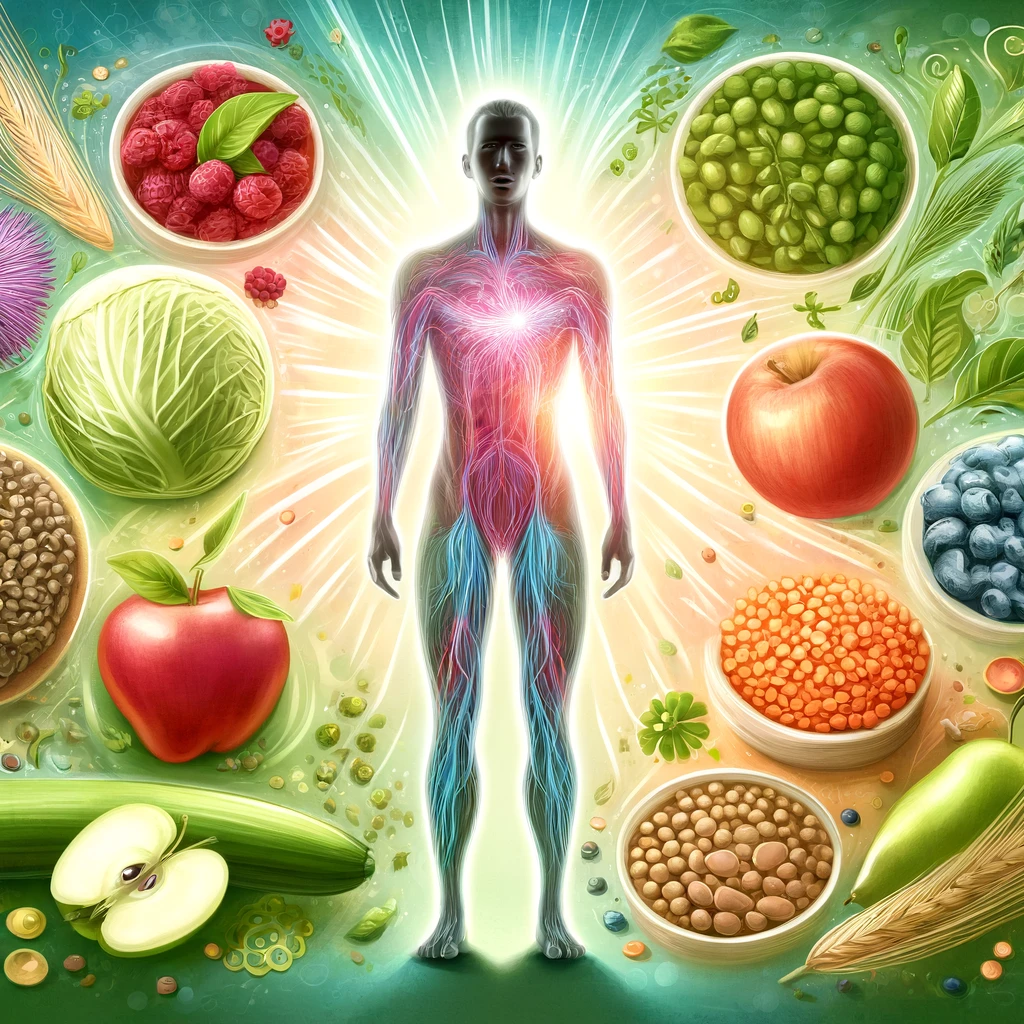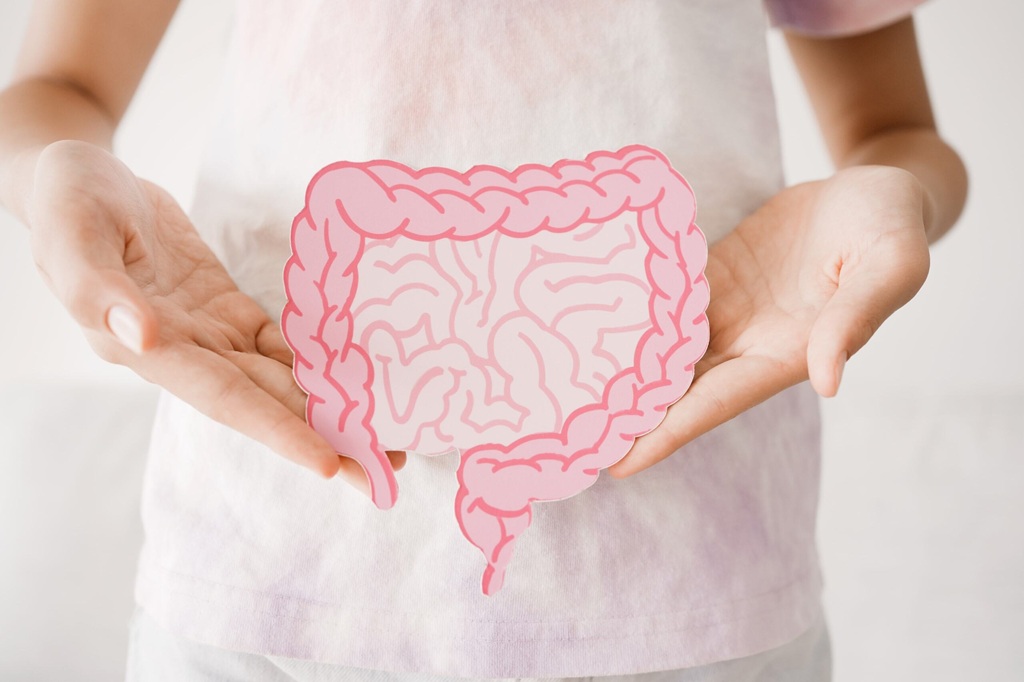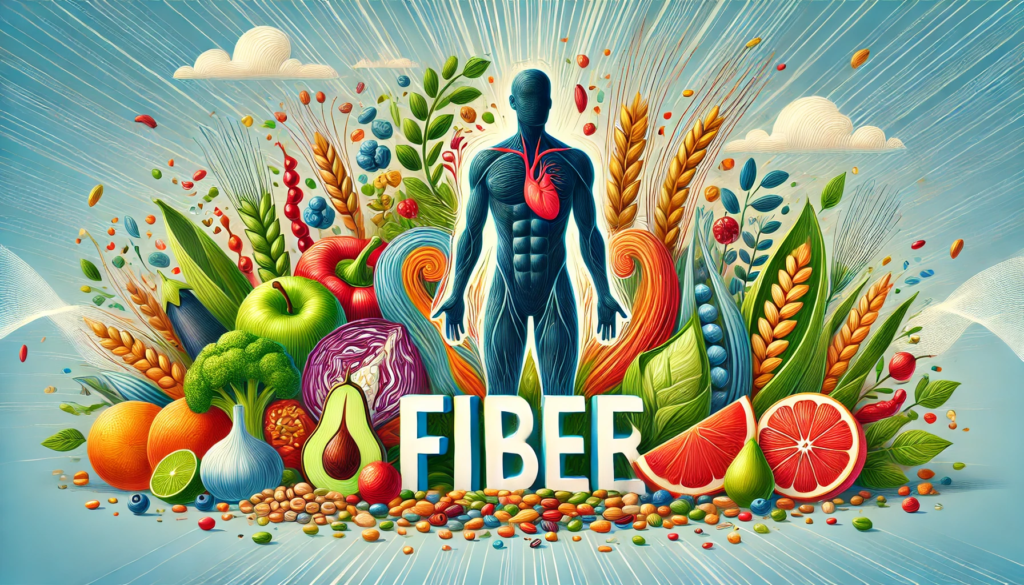A fibra não é boa apenas para a digestão – ela ajuda todo o corpo a se manter saudável. Estudos em camundongos mostraram que uma dieta muito pobre em fibras pode levar a problemas como alto nível de açúcar no sangue e resistência à insulina. Isso acontece porque as bactérias boas em seu intestino se alimentam de fibras. Quando não recebem o suficiente, não conseguem controlar a inflamação, o que pode aumentar o risco de doenças cardíacas e alguns tipos de câncer.

A fibra é um tipo de carboidrato que ajuda na digestão, controle de peso e redução do risco de muitas doenças.
Por que a fibra é importante:
- Feeds Good Bacteria: Fiber is food for the healthy bacteria in your gut. When these bacteria thrive, they help reduce inflammation in your body.
- Helps Control Blood Sugar: Eating enough fiber can help keep your blood sugar steady.
- Reduces Health Risks: A good fiber intake may lower the risk of heart disease and certain types of cancer.
Digestão

- Fiber helps with digestion by moving food through the digestive tract.
- Fiber helps prevent constipation by adding bulk to stool.
- Fiber feeds beneficial gut bacteria.
Controle de peso
- Fiber helps you feel full for longer.
- Fiber can help you maintain a healthy weight.
Prevenção de doenças
- Fiber can help reduce the risk of heart disease, stroke, type 2 diabetes, and some cancers.
- Fiber can help lower blood cholesterol.
- Fiber can help regulate blood sugar levels.
Outros benefícios
- Fiber can help with immune function.
- Fiber can help fight inflammation.
- Fiber can help suppress tumor growth in the colon.
Quanta fibra você precisa?
- Most people only get about 16 grams a day.
- Experts recommend at least 25 grams of fiber daily.
Tipos de fibra
Existem dois tipos principais de fibra, e ambos são importantes para sua saúde:
1. Fibra solúvel
- What It Does: Soluble fiber dissolves in water and forms a gel-like substance during digestion. This gel helps slow down digestion, which can be beneficial for controlling blood sugar and cholesterol levels.
- Good Sources: Oats, apples, citrus fruits, beans, lentils, and psyllium.
2. Fibra insolúvel
- What It Does: Insoluble fiber does not dissolve in water. Instead, it adds bulk to your stool and helps food pass more quickly through the digestive system, which can prevent constipation.
- Good Sources: Whole grains, nuts, and many vegetables such as cauliflower, green beans, and potatoes with the skin on.
Tip: Comer uma mistura de fibras solúveis e insolúveis pode ajudá-lo a aproveitar os benefícios de cada uma.
Os melhores alimentos para fibras
Para atingir sua meta diária de fibras, tente incluir esses alimentos ricos em fibras em suas refeições:
- Fruits: Berries, apples, and oranges.
- Vegetables: Broccoli, spinach, carrots, and green beans.
- Legumes: Lentils, black beans, split peas, and chickpeas.
- Whole Grains: Oats, brown rice, whole wheat bread, and quinoa.
- Nuts and Seeds: Almonds, chia seeds, and flaxseeds.
Example: Uma xícara de lentilhas ou feijão pode fornecer cerca de 15 gramas de fibra!
Dicas rápidas para aumentar a ingestão de fibras
- Start your day with a high-fiber breakfast: Consider oatmeal topped with berries.
- Snack smart: Choose fruits, vegetables, or a handful of nuts.
- Add legumes to your meals: Try including beans or lentils in salads, soups, or casseroles.
- Switch to whole grains: Replace white bread or rice with whole-grain versions.
Ao adicionar uma variedade desses alimentos à sua dieta, você pode ajudar a manter sua saúde geral enquanto desfruta dos muitos benefícios que a fibra tem a oferecer.


